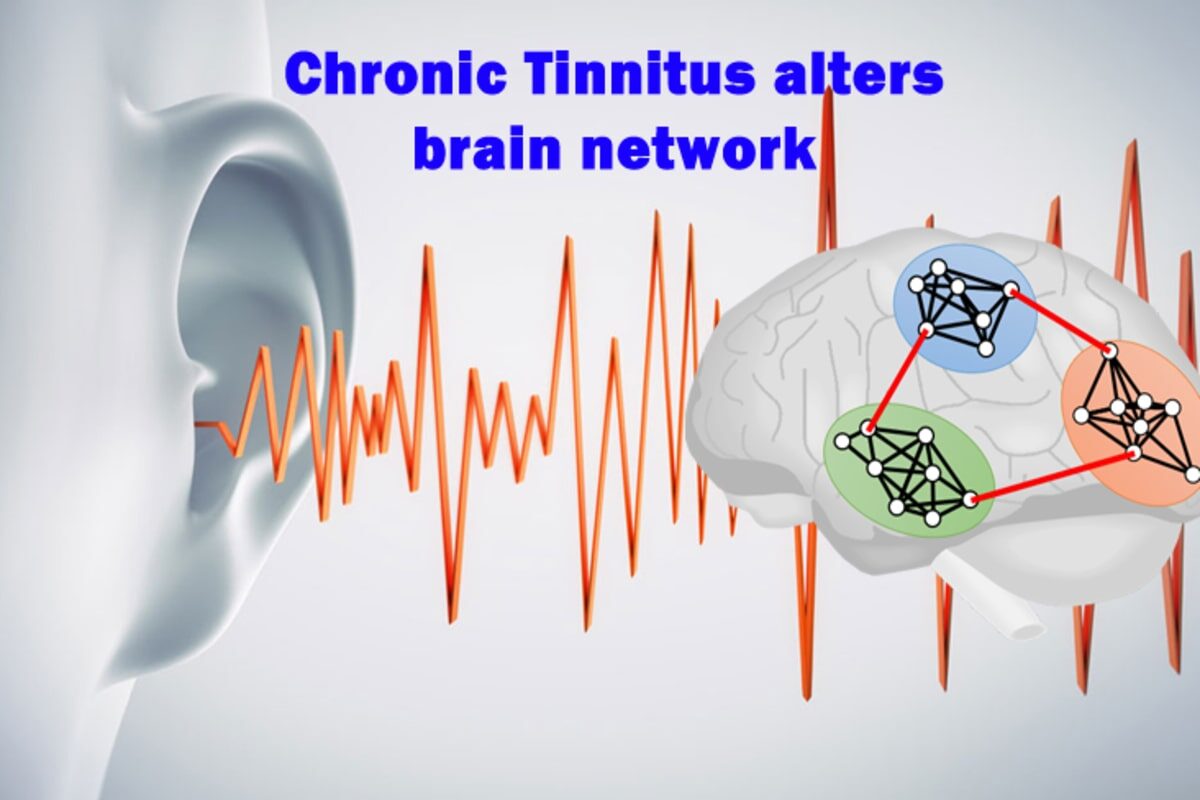Tinnitus is characterized by a chronic abnormal noise (ringing or buzzing) experienced in one or both of the ears which can be unpleasant, frustrating and sometimes it is severe enough to seek treatment. Fatima Husain, professor at University of Illinois says that, tinnitus is invisible and there is no device to measure the severity which varies from patient to patient in terms of type of sound and duration.
Observations from functional MRI reveals various neural patterns saying that chronic tinnitus is associated in the region of brain called precuneus. This precuneus is connected with two inversely related neural networks such as the dorsal attention network (functional when person is at attention) and the default mode network (functional when person is at rest).
Sara Schmidt, graduate student and researcher of this study says that, precuneus of patients with chronic tinnitus is more connected to the dorsal attention network and less connected to the default mode network. Husain says that, this neural connectivity is the objective and invariant for chronic tinnitus, which means the patients with tinnitus are not truly at rest even while resting.
But in patients with recent onset of tinnitus, precuneus connectivity is similar to normal brain networks. Adding to this, Husain said that longitudinal follow-up studies on recent onset tinnitus patients may help us to explain when these neural network changes would take place and provides one invariant measurement as a tool for screening the severity of tinnitus.

